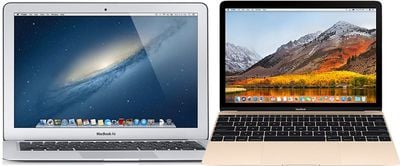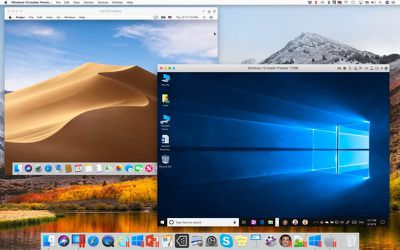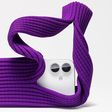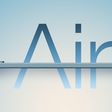Ustwo Games' popular iOS and Android puzzle series "Monument Valley" is being turned into a movie, as reported this week by Deadline. Paramount Pictures and Weed Road Pictures have won the rights to the games, and Patrick Osborne has already been selected to develop and direct the first film.
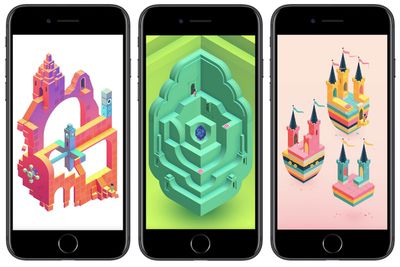
Osborne won the Academy Award for Best Animated Short for his short film "Feast" in 2014, which was shown before "Big Hero 6" in theaters. He has also worked as an animator on Disney films including "Wreck-It Ralph" and "Bolt." With Monument Valley, Paramount and Weed Road are hoping to launch a family-friendly franchise if the first film does well enough.
“Monument Valley is a one of a kind experience, at once small in its meditative, simple gameplay, as well as enormous in its sense of history,” Osborne said. “I’m privileged to be handed the reins to Ida’s mysterious kingdom, to play in her world of impossible architecture where seeing things differently is everything. I am thrilled to bring this unique world to theaters with the talented storytellers of Paramount and Weed Road.”
In the games, players guide Ida (in the original) and Ro and her child (in the sequel) through a series of mazes that present optical illusion challenges that the player must manipulate to solve. In the film, "contemporary live-action characters" will be sent into Monument Valley's surreal world and have to figure out a way to get back home.
The original Monument Valley launched on iOS in 2014, and eventually won numerous awards including one of Apple's Design Awards for that year. The game also went on to be a financial success thanks in part to its avoidance of a free-to-play structure, and four years later the sequel nearly doubled the first-year revenue of the original game.
The rumours are correct. There's going to be a Monument Valley movie! In collaboration with Paramount Pictures and Patrick Osborne. We couldn't be more excited. https://t.co/j2riIGZfru pic.twitter.com/XGPBabM3z5 — ustwo games (@ustwogames) August 22, 2018



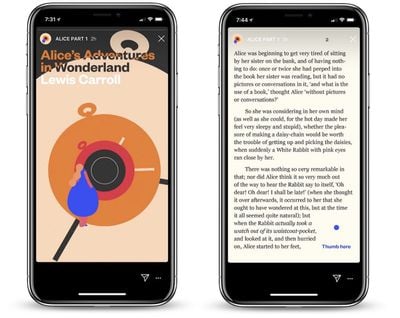
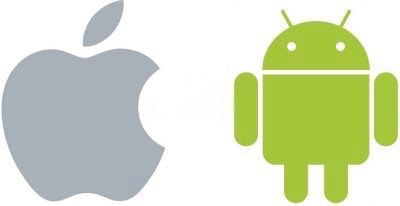
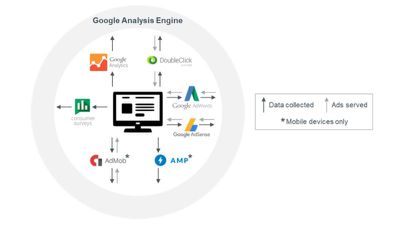
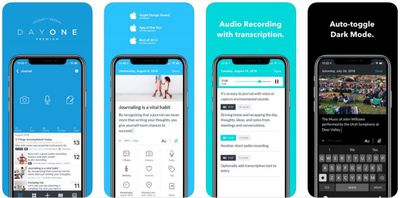
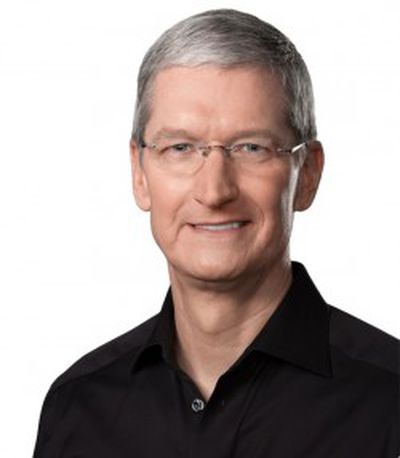 Apple CEO Tim Cook recently donated 23,215 shares of Apple stock to charity, according to
Apple CEO Tim Cook recently donated 23,215 shares of Apple stock to charity, according to 
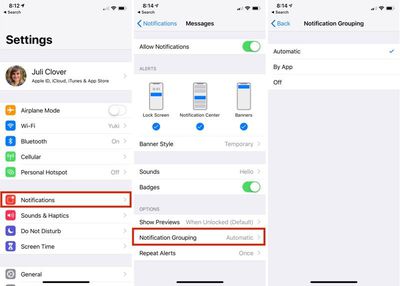
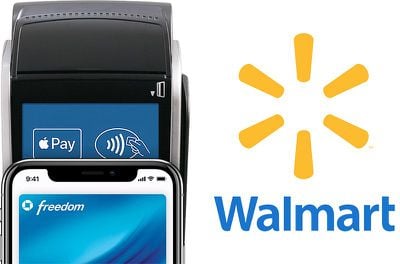




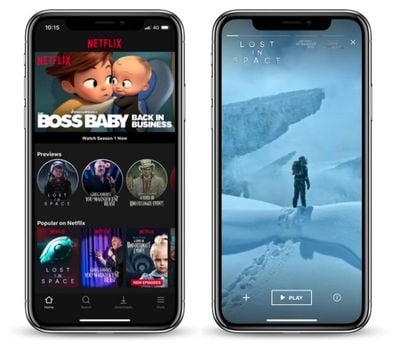
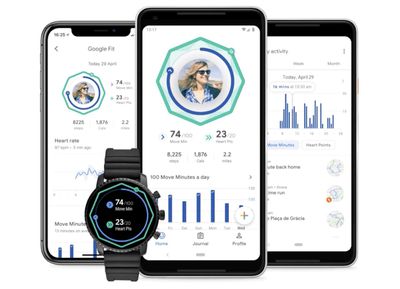
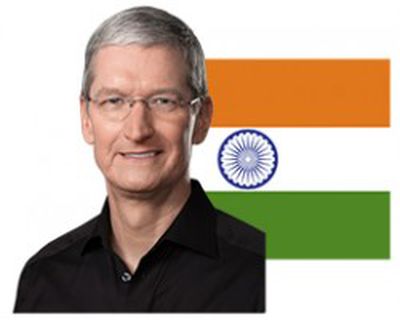 In an ongoing effort to boost sales in India, Apple is reportedly planning to upgrade its authorized reseller locations in five to six
In an ongoing effort to boost sales in India, Apple is reportedly planning to upgrade its authorized reseller locations in five to six